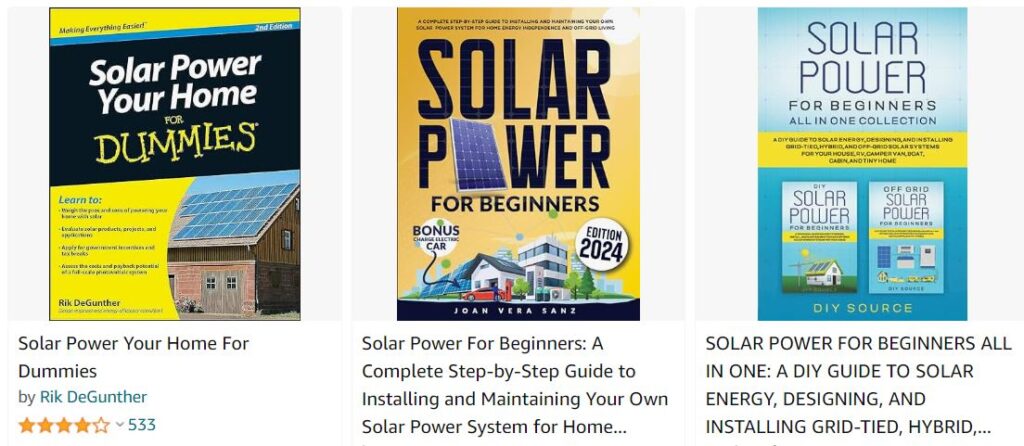
Australia on Wednesday approved plans for a massive solar and battery farm that would export energy to Singapore, a project it calls the “largest solar precinct in the world”.
Authorities announced environmental approvals for SunCable’s US$24 billion project in Australia’s remote north that is slated to power 3million homes.
The project, which will include an array of panels, batteries and, eventually, a cable linking Australia with Singapore, is backed by tech billionaire and green activist Mike Cannon-Brookes.
“It will be the largest solar precinct in the world –- and heralds Australia as the world leader in green energy,” said Environment Minister Tanya Plibersek.
It is hoped that energy production will begin in 2030.
The 12,000-hectare (29,650-acre) project will provide four gigawatts of energy per hour for domestic use.
Two more gigawatts sent to Singapore via undersea cable will supply about 15 percent of the city-state’s needs.
Batteries would be able to store about 40 gigawatts of power.
SunCable Australia’s managing director Cameron Garnsworthy said the approval was “a landmark moment in the project’s journey”.
Despite Wednesday’s green light, numerous approval processes remain—including working with Singapore’s energy market authority, Indonesia’s government and Australian Indigenous communities.
“SunCable will now focus its efforts on the next stage of planning to advance the project towards a final investment decision targeted by 2027,” said Garnsworthy.
Map showing SunCable’s Australia-Asia PowerLink renewable energy project from Australia’s Northern Territory to Darwin and Singapore via a high voltage direct current (HVDC) transmission system.
‘Clean energy powerhouse’
Australia is currently one of the world’s leading exporters of coal and gas, but has also been ravaged by the effects of climate change—from intense heat to floods and bushfires.
Although Australians are among the world’s most enthusiastic adopters of household solar panels, a string of governments have been slow to fully embrace renewables.
In 2022, renewables made up 32 percent of Australia’s total electricity generation—compared to coal, which contributed 47 percent, according to the latest government data.
Director of the Energy Change Institute at the Australian National University Ken Baldwin said the project was a “world first” for exporting renewable electricity from solar and wind on such a scale.
“Australia has some of the best solar and wind resources of any country, and as a result, is installing solar and wind at one of the fastest rates of any country in the world on a per capita basis,” he told AFP.
But this momentum must continue, particularly if Australia is to meet its net zero targets by 2050, Baldwin said.
“Australia has, over the last five years, invested heavily in solar and wind, but it needs to double and triple that investment in order to reach its climate trajectory towards a net zero future by 2050.” https://techxplore.com/news/2024-08-australia-green-world-largest-solar.html









Recent Comments